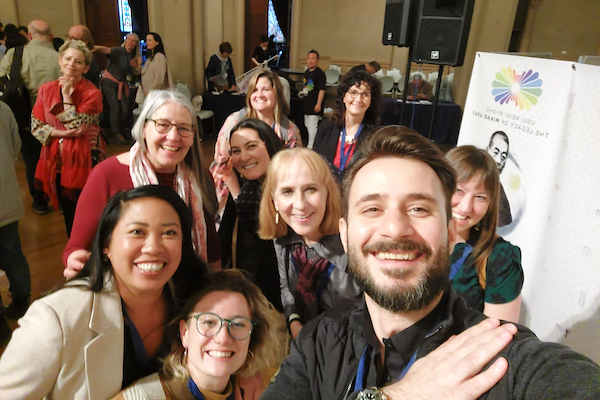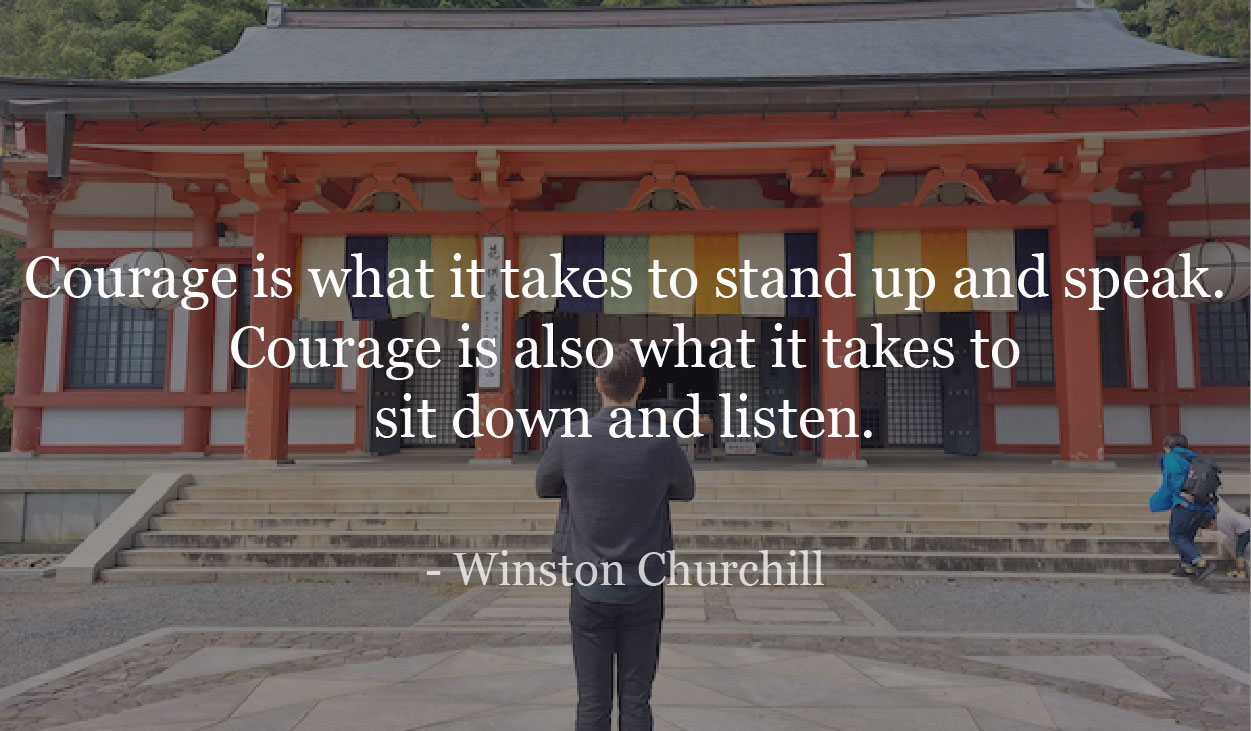Are hospitals missing out on a powerful tool for healing?
While Reiki has been practiced for centuries as a form of holistic therapy, many healthcare facilities have been slow to embrace it.
This reluctance is due, in part, to skepticism about its effectiveness and a lack of time for non-traditional treatments.
But as patients and healthcare providers alike continue to experience high levels of stress and burnout, the need for alternative forms of care is becoming more urgent.
Can Reiki be the solution to helping patients manage their physical and emotional stress while supporting the well-being of healthcare professionals?
Can this energy healing practice bring a more holistic approach to healthcare that recognizes the interconnectedness of the physical, emotional, and spiritual aspects of health?
Well…
It’s certainly possible that a shift in collective consciousness can bring these practices into mainstream healthcare.
What’s also indisputable is that it will take time and effort to make this happen.
Integrating Reiki into Mainstream Healthcare
Last week, I provided a brief description of the 100-year Reiki celebration that took place in Osaka, Japan. During the event, teachers, practitioners, and speakers worldwide shared their knowledge, perspective, and wisdom on Reiki and the concept of spiritual evolution. Their lifelong contribution to healing individuals and society at large cannot be questioned.
Among these renowned teachers was a group of ladies from Minnesota who intend to implement Reiki and holistic practices in hospitals and care centers in the United States and Japan.
To say this is a noble act for humanity would be an understatement.
As we already know, this doesn’t mean replacing the existing allopathic medicine but complementing it with energy healing practices, thus taking one step further toward becoming a more holistic approach.
Leading this group was Deborah R. Ringdahl, DNP, APRN, CNM, a Clinical Associate Professor and Co-Director of the Integrative Health and Healing DNP Program at the University of Minnesota.
She has been teaching Reiki since 2003 and is an active proponent of advancing nursing leadership. Ms. Ringdahl’s goal is to achieve an integrative healthcare model through integrative nursing leadership and therapies for symptom management.
Moreover, she investigated and supervised the implementation of the Hospital-Based Reiki Program within the nursing staff for symptom management of patients receiving chemotherapy and conducted a needs assessment for placing a Reiki program for Pediatric Blood and Marrow Transplant Unit (BMT).
Collaborating with Ms. Ringdahl’s research was Dr. Sheldon Feldman, professor of surgery for breast cancer at Montefiore Medical Center in NYC, and Angelica Walton, Doctor of Nursing Practice in Integrative Health and Healing from the University of Minnesota.
Ms. Wealton worked as a critical response nurse, dealing with (among other cases) Veterans suffering from mental and emotional traumas related to their service in the war.
She was patient enough to run me through the tedious process of working with open-minded doctors and nurses who wish to improve the current system.
Despite the initial sense of impossibility, she brought a glimmer of hope to our conversation: Once the doctors are willing to cooperate on this matter, everything will begin to flow smoothly.
In Japan, Rumi Naka, a graduate of Chiba Medical Technology College, is trying to achieve a similar goal.
She engaged in cancer nursing at the National Institute of Radiological Sciences of the former Science and Technology Agency.
Her most notable contribution is exemplified by her dedication to teaching other nurses and therapists about holistic healing practices for the mind, body, and soul. Her leadership in this area ultimately earned her the position of President of the International Holistic Nursing Association.

NOTE: Much like Aviceena’s work was considered “other-worldly” almost 1000 years ago, a holistic approach may be perceived as “magical” in today’s environment. Still, considering the pace at which everything is evolving, we have an opportunity to take the medical field to a whole new level. Hopefully, this won’t take us another millennium.
This all sounds like a majestic goal.
And it is.
Yet, there’s a lesson to be learned.
The Power Of Collective Consciousness
These exceptional individuals underline and support the idea that Reiki communities can help humanity heal and open to higher consciousness.
Their work serves as a reminder of the power of collective consciousness, where individuals can come together with a common purpose and achieve extraordinary results.
Collective consciousness has been studied extensively in the field of psychology and sociology, with researchers finding that groups can influence individual behavior and perception.
When it comes to healing, collective consciousness can also play a vital role. Individuals can amplify the energy flow and create a more powerful healing environment by coming together and focusing on positive intentions.
This is why initiatives like the Hospital-Based Reiki Program and the work of Rumi Naka are so important. They demonstrate that when individuals come together with a common purpose and intention, they can create a more holistic approach to healthcare and support the well-being of both patients and healthcare providers.

I experienced this firsthand in Japan.
As I was climbing Mount Kurama in Kyoto after the conference, alongside fellow attendees, one Reiki symbol repeatedly came to mind: Dai Ko Myo.
In fact, that’s how I would summarize my whole experience.
The Dai Ko Myo Reiki symbol is often associated with enlightenment and the transmission of spiritual energy. It represents a higher consciousness level where we can ignite a shared intention to promote healing, peace, and well-being.
As I reached the end of the journey, a white light appeared, leaving me with a sense of wholeness.
I can’t say for certain whether the presence of my fellow conference attendees heightened the experience or if it was simply the high vibration emanating from the environment that I was blending with.
However, I am confident that I would not have been there without the collective effort of those around me. Their unique insights and personalities have helped shape me into who I am today.
I’ll let you decide…
This is “Japan Trip Part 2” – you can read Part 1 here >>
